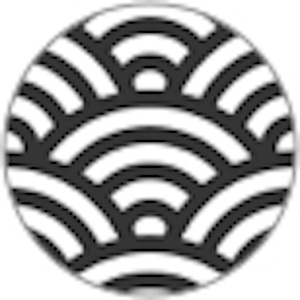While some might consider me a photographer, I feel I am really more of an assembler of images and tableaux, which then come to exist as pinhole photographs of an interior landscape. The poetic aspects of pinhole photography are what draw me to it. Although the pinhole camera is “blind”-it has no viewfinder or lens-I find that it “sees” in mysterious ways. The pinhole camera’s “sight” grants infinite depth of field to the object and images before it, thus allowing us to see the camera’s pinhole vision, which is characterized by the odd clarity of dreams or memory. Working without a viewfinder, I can’t know exactly what my pinhole camera will give me; thus my camera becomes my silent and enigmatic collaborator.
Usually I work in my own studio, setting up arrangements of images and objects culled from my “museum of memory,” my personal collection of oddments, books, and artifacts. Using only natural light, my exposures often take several hours. I then contact-print my images using nineteenth-century techniques (or modern versions of antique processes) requiring ultraviolet light. My work is slow, hand-built, and cumulative, rather like the layering of dust or memories over time.
Books have long served as models, as raw material, and as sources for my pinhole images. The idea of the book and the secret world it opens out into is at the core of my work. Since childhood I have been intrigued with books, especially those that catalogued the contents of great museums. These art books were, in effect, collections of art in and of themselves. When I work with books, I find myself taking pinhole photographs in a multi-layered “museum within a museum.”
The contemplation or reading of a book enables the mind’s eye to make an image, an odd sort of paperless photograph. In Camera Lucida, Roland Barthes discussed “the melancholy of Photography” which, by representing that which has been, suggests that the subject is already dead, yet continues to “live” in the photograph. A book, like a photograph, can suggest the existence in the present (as the reader reads the text) of that which is irretrievably in the past, or which is outside time (as with a fictional character who comes alive on the page every time one opens the book and begins to read).
In The Emigrants, W. G. Sebald wrote: “[T]he memories, which at points were truly wonderful, had seemed to him like one of those evil German fairy tales in which, once you are under the spell, you have to carry on to the finish, till your heart breaks, with whatever work you have begun-in this case the remembering, writing, and reading.” This reminiscence by Sebald’s fictional painter Max Ferber echoes my process as an artist: my own museum of memory is created, entered, and revealed in my collecting and arranging of books and objects into tableaux to be photographed.

Jesseca Ferguson lives, works, and teaches in Boston, MA. Her work is in various collections, including the Museum of Fine Arts, Boston; the Fogg Art Museum, Cambridge, MA; the Bibliothéque nationale, Paris, France, and the Museet for Fotokunst in Odense, Denmark. (updated 4/2003)
